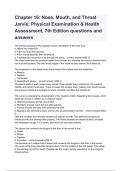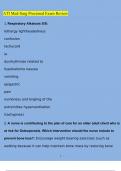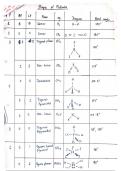Exam (elaborations)
Chapter 16_ Nose, Mouth, and Throat Jarvis_ Physical Examination & Health Assessment, 7th Edition
- Institution
- Final Community NCLEX Questiosn.
Chapter 16_ Nose, Mouth, and Throat Jarvis_ Physical Examination & Health Assessment, 7th Edition
[Show more]





